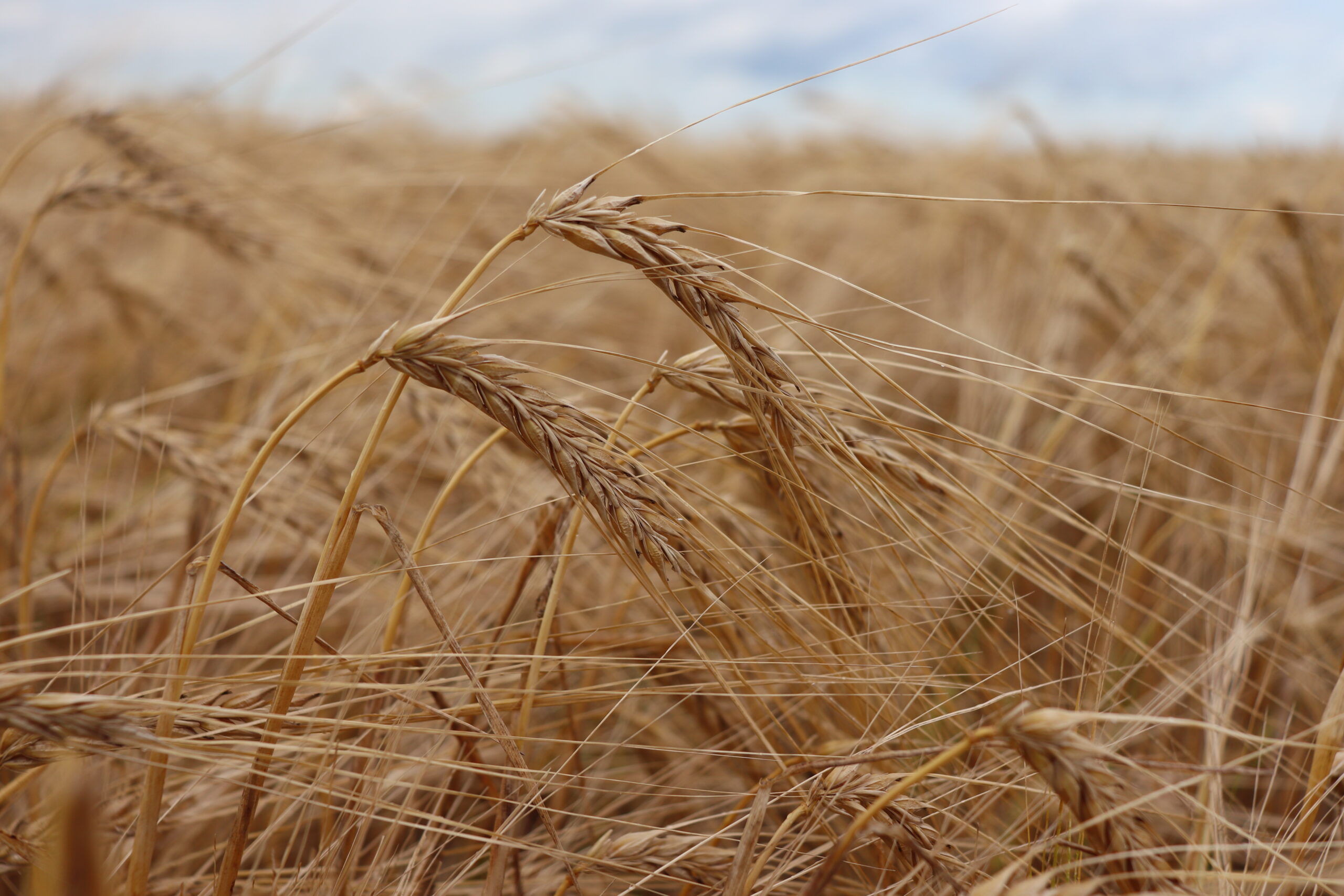Section Title
Improve uniform maturity in barley- Opportunities for nitrification inhibition
Crop Types
High tiller numbers may not be preferable for malt barley producers because it increases the likelihood of uneven maturity, resulting in a high risk of rejection for malting (O'Donovan et al., 2011). Generally, tiller formation proceeds more effectively under a balanced combination of ammonium- and nitrate-N compared to the same amount of either N form alone. Manipulating dominant N forms and supply using nitrification inhibitors could alter the architecture of barley including tiller numbers, while improving NUE. A plant trait called “biological nitrification inhibition” (BNI) has attracted attention as a possible approach to improve agronomic nitrogen use efficiency (NUE) while reducing nitrous oxide emissions from agricultural soils (G. V. Subbarao et al., 2021). BNI is a plant root function by which plants recruit beneficial microbes in the soil to slow the rate of soil nitrate-N accumulation (G. V. Subbarao et al., 2021). This results in accumulation of ammonium-N and gives more time for plants roots to obtain ammonium-N, leading to the similar effect as nitrification inhibitors, but more extended time compared to synthetic inhibitors. Recently variations of BNI ability in barley varieties are identified (Morton et al., 2011), but there is no information of BNI expression in Canadian malting barley.
Objectives
- To compare the performance of barley varieties with contrasting BNI activities to Canadian malting barley on tillering and NUE
- To assess the potential of N fertilizer with nitrification inhibitors as a tool to modulate the number of tillers in barley
- To screen diverse genotypes of barley, including Canadian cultivars, for the expression of BNI
- To assess the interactive effects of barley varieties and N fertilizer forms on NUE, tillering, and pre-malting quality





